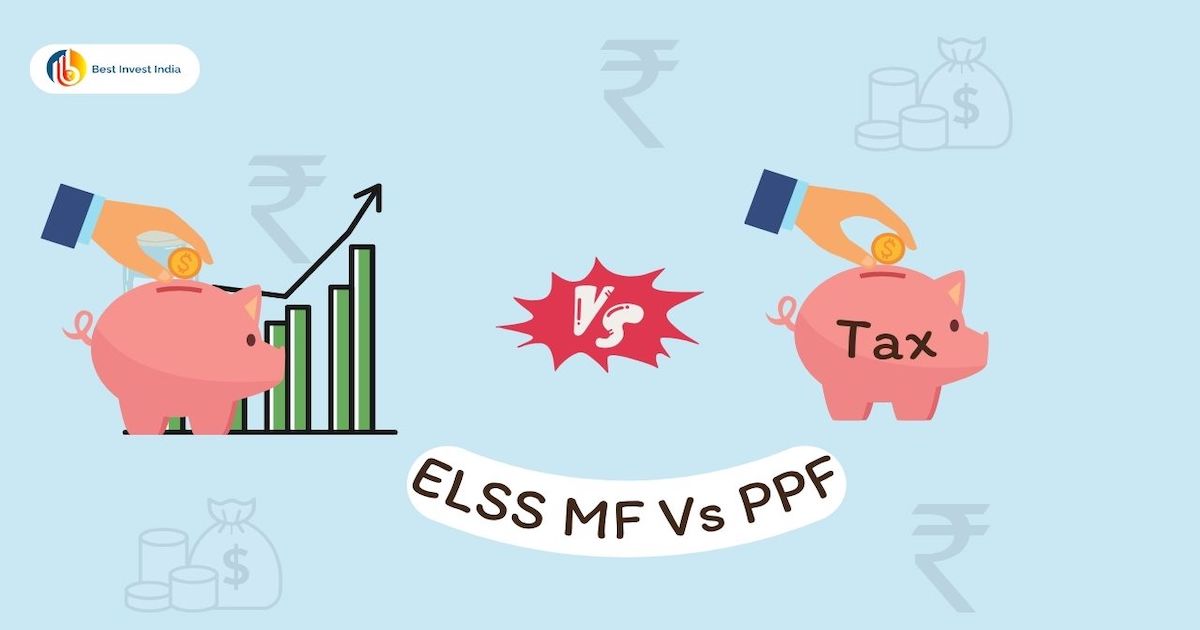To find the Best Child Education Plan India is becoming essential as education costs rise sharply. Higher studies are increasing at 10–12% annually, and overseas education is even more expensive. These plans help parents systematically save and invest so that funds are ready when their child pursues higher studies or professional courses.
In this article, we’ll cover the best child education plans in India, their types, features, costs, and tips to choose the right one.
Table of Contents
What is a Child Education Plan?
A child education plan is a combination of insurance and investment that helps parents secure their child’s education financially. It ensures that funds are available at crucial stages of the child’s life, such as higher education or professional training.
These plans typically offer:
- Life insurance cover (for the parent)
- Maturity benefits (lump sum or regular payouts for education expenses)
- Investment growth through mutual funds, ULIPs, or guaranteed return plans
Types of Child Education Plans in India
There are many ways to save for your child’s education. You can invest in child insurance plans (ULIPs or traditional), government schemes like SSY, PPF, NSC, or mutual funds and other options. Here are some of the most popular child education plans in India that parents often choose.
- Child ULIP (Unit Linked Insurance Plan)
- Combines life cover with market-linked investment.
- Premiums are invested in equity, debt, or hybrid funds.
- Potential for high returns, suitable for long-term goals (10–15 years).
- Example: HDFC Life YoungStar Udaan, SBI Life Smart scholar Plus
- Traditional Endowment Child Plans
- Offers guaranteed returns along with insurance.
- Lower risk compared to ULIPs.
- Payouts can be structured at key milestones.
- Example: LIC Jeevan Tarun, SBI Life Smart future Star.
- Child Education SIPs (Mutual Fund Route)
- Parents invest in mutual funds through SIPs for 10–15 years.
- Offers flexibility and higher returns compared to traditional insurance plans.
- No insurance cover unless paired with term insurance. SBI Magnum Children’s benefit Fund
- Child Savings Accounts & Recurring Deposits
- Bank-linked products for disciplined savings.Recurring Deposit Calculator- Features & Benefits
- Safer but provide low returns (4–6% range).
- Term Plan + Investment Combination
- Buy a term insurance plan for protection.
- Invest separately in mutual funds, PPF, or FDs for an education corpus.
- Flexible and cost-effective.
Best Child Education Plan India (2025)
- Sukanya Samriddhi Yojana– Guaranteed payouts, Govt. Backed Scheme, Tax benefit 80C & tax free maturity
- Public Provident Fund -Guaranteed payouts, Govt. Backed Scheme, Tax benefit 80C & tax-free maturity
- LIC Jeevan Tarun – Guaranteed payouts, flexible options, traditional plan.
- HDFC Life YoungStar Udaan – Choice of money-back or endowment, flexible premium payment.
- SBI Life Smart Future Star – Education milestone payouts, insurance protection.
- ICICI Pru SmartKid Solution – Market-linked returns, premium waiver benefit.
- Max Life Shiksha Plus Super – ULIP-based, wealth creation with life cover.
- Mutual Fund SIP + Term Insurance Combo – Flexible, high return potential, separate protection and investment.
Key Features of Child Education Plans
Child education plans offered by almost all insurance companies as combo plans that provide life protection cover ( parent) and savings of money.
These plans usually provide a fixed amount at a fixed interval ( at the child’s education milestones).
The best benefits of these plans are tax deduction under 80 C and tax-free maturity under 10(10D). The bad part is their low returns, which make it difficult for the parents to fulfill the future education demand.
- Life Cover + Premium Waiver: If the parent passes away, the insurer pays the future premiums, ensuring the child’s education fund is intact.
- Maturity Benefit: Lump sum or structured payouts during higher education milestones.
- Tax Benefits: Premiums qualify under Section 80C; maturity proceeds may be tax-free under Section 10(10D).
- Flexibility: Choice of payout structure, investment fund options (in ULIPs), and premium payment term.
Cost of Child Education Plans
The cost depends on the type of plan, premium payment, and sum assured:
- Insurance-linked child plans (ULIP/Endowment): Premiums start at around Rs 2,500–Rs 5,000/month.
- Mutual Fund SIPs: Even Rs 1,000/month invested over 15–18 years can grow into a significant corpus.
- Term Insurance + SIP combo: A term plan may cost as low as Rs 500/month, leaving more for investments.
How to Choose the Right Child Education Plan India?
- Calculate the Future Education Cost
- Example: A college costing Rs 20 lakh today may cost Rs 40–50 lakh in 15 years (assuming 8–10% inflation).
- Match Plan with Risk Profile
- Conservative Approach – Endowment / Guaranteed child plan/ Govt. Child Plans
- Growth-seeking – ULIP or Mutual Fund SIPs.
- Pro Tip : You can combine both also.
- Check Premium Waiver Benefit
- Must-have in case of the parents’ untimely demise or buy a high amount term insurance plan.
- Flexibility & Liquidity
- Ensure the plan allows partial withdrawals or milestone
- Compare Costs & Returns
- ULIPs have charges; mutual funds have lower costs. Evaluate long-term returns.
A child’s education is one of the most significant financial goals for any parent. Choosing the right child education plan in India requires balancing safety, growth, and protection. For risk-averse parents, traditional child plans like LIC Jeevan Tarun or SBI Life Smart Future Star are suitable. If you already have term insurance cover Sukanya Samriddhi Yojana, PPF, or even a single investment NSC, might go well.
For those comfortable with market exposure, ULIP-based plans or mutual fund SIPs combined with term insurance can provide higher returns.
The key is to start early—the sooner you begin, the more time your money gets to grow through the power of compounding.
Useful Links










